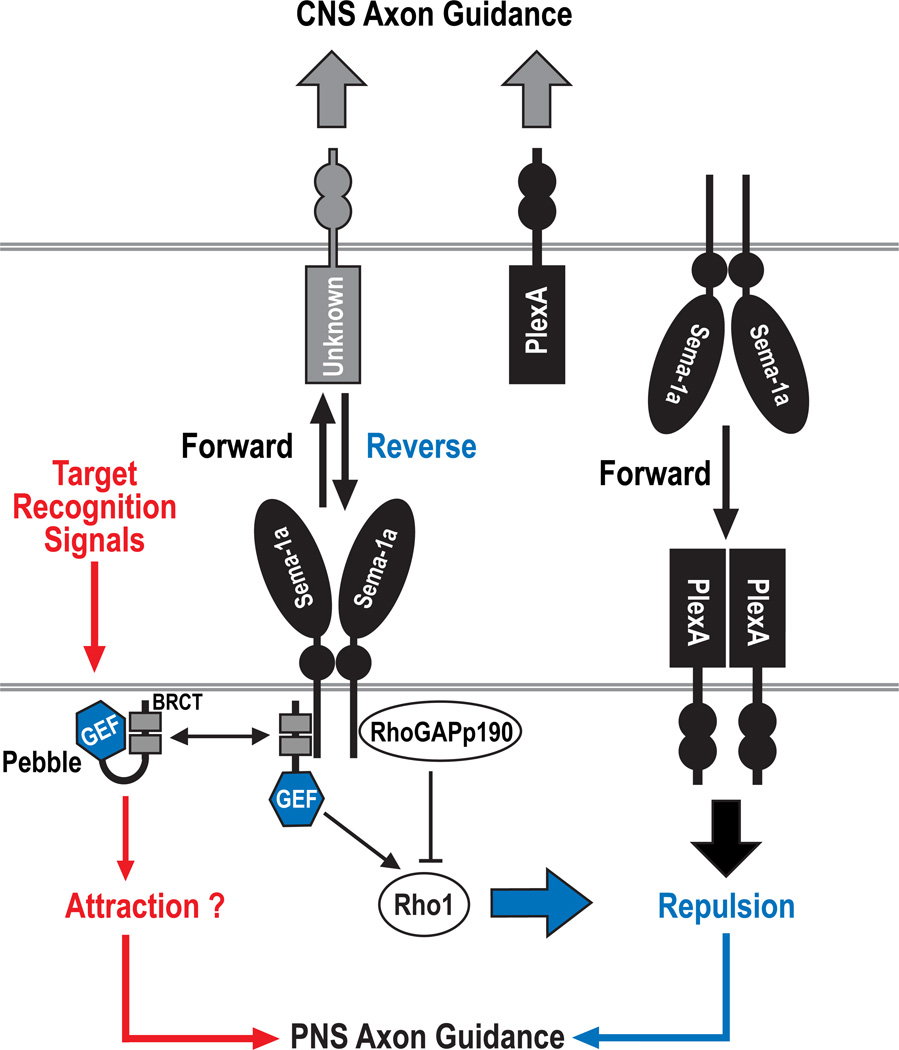Figure 8. The Control of Semaphorin-1a Reverse Signaling by Pebble and RhoGAPp190.
Repulsive guidance signals specified by Sema-1a bidirectional signaling play an important role in sculpting Drosophila neuromuscular connectivity. In our model, Sema-1a forward signaling largely contributes to CNS axon guidance, whereas both forward and reverse signaling are required to induce axon-axon repulsion at specific pathway choice points in the PNS. In the PNS, two direct but opposing regulators of Rho family small GTPases, pbl and p190, are required for attractive target recognition processes that guide motor axons before reaching, or after leaving, guidance choice points. Furthermore, these proteins mediate Sema-1a reverse signaling through the control of Rho1 activity at guidance choice points and likely participate in the recognition of these choice points by axonal growth cones, an essential prerequisite for selective axon-axon defasciculation mediated by repulsive signaling pathways. We propose that Pbl links choice-point recognition signaling and Sema-1a reverse signaling, and further, that Sema-1a reverse signaling collaborates in parallel with receptor functions of PlexA to induce selective axon-axon repulsion. In addition, Pbl not only competes, but also collaborates, with p190 to regulate Sema-1a reverse signaling in a context dependent manner. Sema-1a/PlexA–mediated repulsive signaling and target recognition signaling are likely integrated and coordinated by pbl and p190, both spatially and temporally, so as to establish precise connections between motoneurons and their muscle targets.

